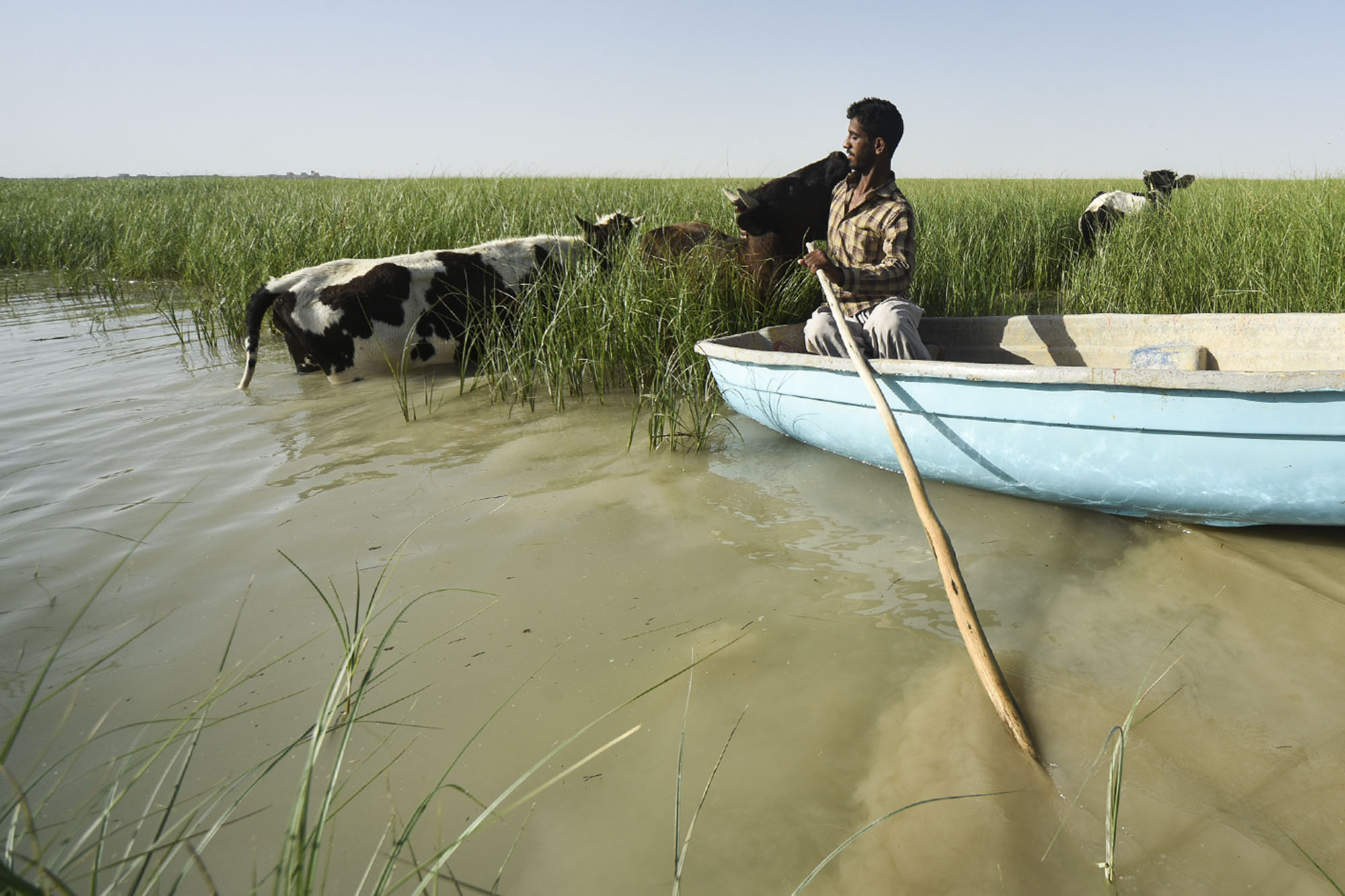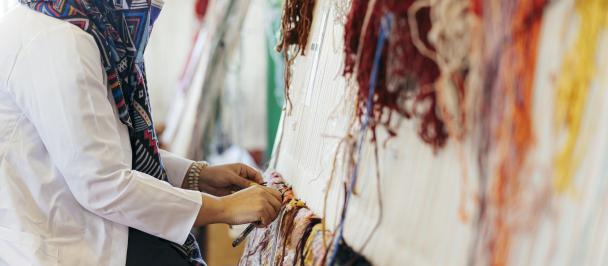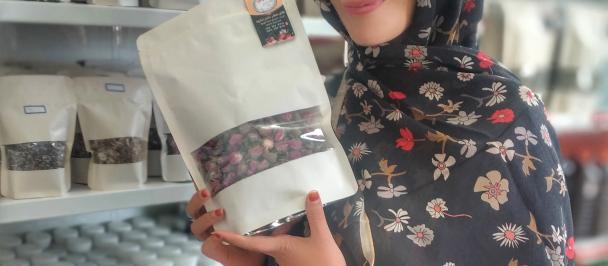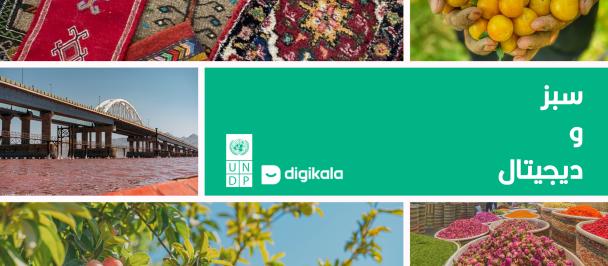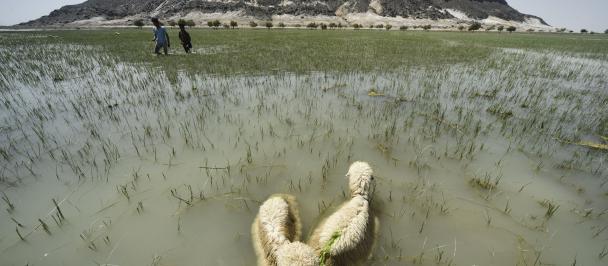Situated in south-eastern Iran, the Hamoun wetlands are transboundary wetlands on the Iran-Afghanistan border. Photo credit: Hamed Gholami
18 August 2020, Tehran – The European Union (EU) has allocated EUR 10 million to support the Government of Islamic Republic of Iran’s efforts to boost socio-economic development in Sistan and Baluchestan, restore Hamoun Wetlands and promote alternative climate-smart livelihoods.
Today, the tripartite cooperation between Department of Environment, UNDP and the EU was officially launched in a virtual meeting attended by the Deputy for Marine and Wetlands of Department of Environment (DoE), Dr. Ahmadreza Lahijanzadeh, Deputy Coordination of Development Affairs of Governor General of Sistan and Baluchestan Mr. Mansoor Bijar, EU Representative, Mr. Leopold Gritschneder, and UNDP Resident Representative in the Islamic Republic of Iran, Mr. Claudio Providas and the representatives of relevant ministries and governmental organizations. This is a five-year initiative, and while UNDP is EU’s implementing partner and fund-manager, day to day activities are led by Iran’s DoE and a specialized project management unit.
Wetlands, as earth’s most fragile ecosystems, are disappearing at an alarming rate, due to a combination of changes in climate and inefficient water usage.
Situated in South East of Iran, Sistan and Baluchestan Province which hosts the Hamoun Wetlands is one of the regions’ hardest hit by changes of climate. Most inhabitants of Hamoun basin and neighboring counties have traditionally been employed in agriculture, animal husbandry, fishery and production of handicrafts. Environmental adversities have negatively impacted sustainable livelihoods and employment opportunities for youth (more specifically young women) as drought and lack of access to water resources worsened with the blow of harsh seasonal winds which have all brought traditional income-generation activities to a complete halt in most villages.
The EU’s collaborating in fundingHamoun Project as a participatory, area-based approach toward assisting the region will help pilot sustainable land and water management and enhance climate-smart income generation activities. The project consists of three main components:
- Capacity development and coordination;
- Sustainable management of land and water; and
- Climate-smart agriculture and alternative livelihoods.
Local communities and the general public in Sistan Plain are the project’s primary beneficiaries.
Hamoun Project’s National Project Director, Ahmadreza Lahijanzadeh, stated: “Hamoun Project as an international initiative is an invaluable opportunity for the country and more specifically for Sistan and Baluchestan Province whereby previous national and international experiences in the areas of water, land and wetland restoration in addition to implementation climate-smart projects aimed at coping with water scarcity, will not only help restore one of the largest wetland ecosystems in the region but also will take serious action to enhance livelihoods and economies of local communities and mitigate the effects of dust and sand storms”.
Leopold Gritschneder, representing the Directorate-General of International Cooperation and Development, pointed out that: “[t]he project that we are launching today is yet another important example of our collaboration. The European Union and Iran share many areas of mutual interest and in the past years we made a lot of progress in our relationship. Our wish is to continue and expand our fruitful cooperation.
UNDP’s Resident Representative in Iran, Claudio Providas highlighted: “Sistan and Baluchestan is affected by impacts of climate change, natural disasters and human factors. The Department of Environment together with UNDP have experience and a track record showing that we can deliver results in mitigating climate change. Improving the management of natural resources should be simultaneously linked with the improving the livelihoods of local communities. We are grateful to the European Union for their generous contribution and together we will work towards achieving meaningful results and lasting impact”.
Some of the project’s main stakeholders include but are not limited to ministries such as Iran’s Ministries of Foreign Affairs; Agriculture Jihad; Energy; Cultural Heritage, Tourism & Handicrafts; Cooperatives; Labor & Social Affairs; Interior; & Industry, Mines and Trade.

 Locations
Locations